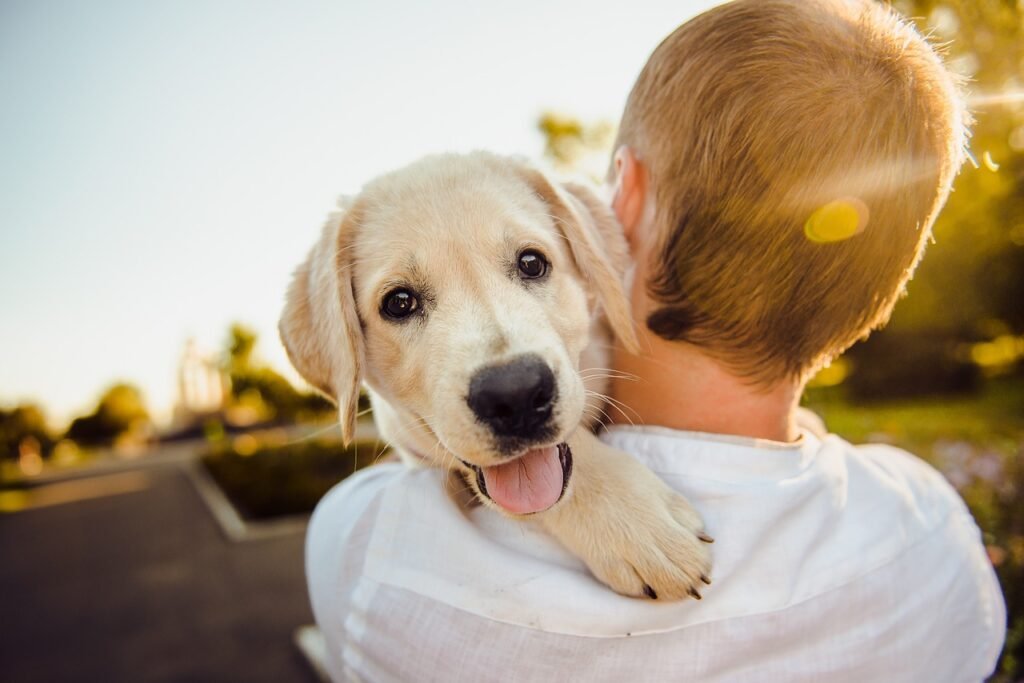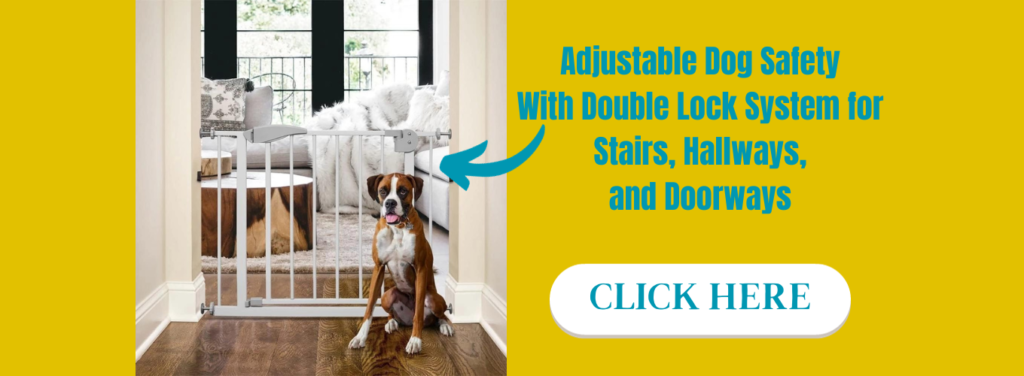Fostering Canine Devotion: Proven Strategies to Build Lasting Loyalty in Your Dog
Having a loyal dog is a wonderful experience that can bring immense joy and companionship to your life. But how do you make your dog loyal? In this article, we will explore the science behind dog loyalty, signs of a loyal dog, and common misconceptions about dog loyalty. We will also discuss how to build a strong bond with your dog, show them love and appreciation, and maintain their loyalty in the long run.
Key Takeaways
- Understanding the science behind dog loyalty can help you better appreciate and nurture your dog’s loyalty.
- Signs of a loyal dog include trust, protectiveness, and a strong bond with their owner.
- Common misconceptions about dog loyalty include the belief that it can be bought with treats or that certain breeds are inherently more loyal than others.
- To build a strong bond with your dog, focus on establishing trust and respect, creating a positive environment, and using effective training techniques.
- Showing your dog love and appreciation can be done through quality time and attention, rewards and treats, and physical affection and play.
Understanding Your Dog’s Loyalty
The Science Behind Dog Loyalty
Have you ever wondered why your dog is so incredibly loyal? Well, it turns out that there’s actually a scientific explanation behind this unwavering devotion. Dogs have been our faithful companions for thousands of years, and their loyalty can be traced back to their pack mentality. Canines are social animals, and they have a natural instinct to form strong bonds with their human family members. This loyalty is further reinforced by the release of oxytocin, also known as the “love hormone”, in both humans and dogs when they interact with each other. So the next time your dog gives you that adoring look, remember that there’s some serious science behind it!
| Dog Loyalty Factors | Description |
| Trust | Dogs are loyal because they trust their owners and feel safe in their presence. |
| Love | Dogs have a deep capacity for love and form strong emotional attachments to their owners. |
| Pack Mentality | Dogs have a natural instinct to be part of a pack and view their owners as their pack leaders. |
Loyalty is not just a trait, it’s a way of life for dogs. They are always there for us, through thick and thin, and they deserve all the love and appreciation we can give them. So let’s dive deeper into the signs of a loyal dog and debunk some common misconceptions about dog loyalty.

Signs of a Loyal Dog
Loyalty is not just about sticking by your side through thick and thin, it’s also about the little things your dog does that show their unwavering devotion. Watch out for these signs to know if your dog is truly loyal:
- Protective behavior: A loyal dog will always have your back, ready to defend you from any potential danger.
- Constant companionship: If your dog follows you everywhere, even to the bathroom, it’s a clear sign of loyalty.
- Affectionate gestures: Licking your face, wagging their tail vigorously, and cuddling up to you are all signs of an affectionate dog.
Remember, loyalty is a two-way street. Show your dog love and appreciation, and they will return it tenfold. As the saying goes, “A loyal dog is a person’s best friend.”
Common Misconceptions About Dog Loyalty
While it is true that dogs are known for their loyalty, there are some common misconceptions that need to be addressed. One misconception is that all dogs have the same level of loyalty, but in reality, each dog has a unique dog personality that influences their loyalty. Another misconception is that loyalty can be bought with treats and rewards. While these can be used as positive reinforcement, true loyalty is built on trust, respect, and a strong bond. It’s important to understand that loyalty is not a one-way street, and it requires effort from both the owner and the dog. So, don’t fall for these misconceptions and take the time to understand and nurture your dog’s loyalty.
Building a Strong Bond
Establishing Trust and Respect
To build a strong bond with your dog, it is crucial to establish trust and respect. This means being consistent in your actions and providing clear boundaries. Dogs are intelligent creatures and they respond well to a structured environment. Show your dog that you are a reliable leader by setting rules and sticking to them. Remember, dogs are not mind readers, so it is important to communicate your expectations clearly. Express your love and appreciation through positive reinforcement and rewards. Dogs thrive on praise and treats, so use these as a way to reinforce good behavior. Additionally, spend quality time with your dog, engaging in activities that they enjoy. This will strengthen the bond between you and create a sense of loyalty. Remember, loyalty is a two-way street, so make sure to reciprocate your dog’s love and loyalty. Expressing love through licking is one way that dogs show affection, so be open to this form of communication. It is a sign that your dog trusts and loves you. Trust and respect are the foundation of a loyal relationship with your dog.
Creating a Positive Environment
When it comes to creating a positive environment for your dog, there are a few key things to keep in mind. First and foremost, consistency is key. Dogs thrive on routine, so make sure to establish a consistent schedule for feeding, exercise, and playtime. Additionally, it’s important to provide your dog with plenty of mental stimulation to prevent boredom. This can include puzzle toys, interactive games, and training sessions. Another important aspect of a positive environment is socialization. Make sure to expose your dog to different people, animals, and environments to help them feel comfortable and confident. Lastly, don’t forget about the power of positive reinforcement. Reward your dog for good behavior with treats, praise, and affection. Remember, a happy dog is a loyal dog!

Training Techniques for Loyalty
To build a strong bond with your dog and enhance their loyalty, it’s important to employ effective training techniques. Consistency is key; make sure to establish clear rules and boundaries that you consistently enforce. Use positive reinforcement, such as treats and rewards, to motivate and encourage desired behaviors. Remember, dogs are intelligent creatures, so engage their minds with stimulating activities and puzzles. Additionally, consider incorporating clicker training, a technique that uses a clicker to mark desired behaviors and reinforce learning. This method can be especially effective in shaping your dog’s loyalty.
| Training Techniques for Loyalty |
| Consistency |
| Positive Reinforcement |
| Mental Stimulation |
| Clicker Training |
Loyalty is not just a trait, it’s a result of dedicated training and love for your furry friend.
Showing Your Dog Love and Appreciation

Quality Time and Attention
To keep your dog loyal, it’s essential to spend quality time with them. This means giving them your undivided attention and engaging in activities that they enjoy. Whether it’s going for a long walk in the park or playing a game of fetch, make sure to dedicate time each day to bond with your furry friend. Additionally, curiosity in dogs is a natural instinct that should be nurtured. Encourage exploration by taking your dog to new places and introducing them to new experiences. This will not only stimulate their mind but also strengthen your bond. Remember, a happy and curious dog is a loyal dog.
| Activity | Benefits |
| Puzzle toys | Mental stimulation |
| Training sessions | Bonding and learning |
| Outdoor adventures | Exploration and excitement |
Dogs are not our whole life, but they make our lives whole.
Rewards and Treats
When it comes to building loyalty in your dog, rewards and treats play a crucial role. Rewarding your furry friend with their favorite treats not only strengthens the bond between you two, but also reinforces positive behavior. Remember, positive reinforcement is key! However, it’s important to be mindful of the treats you choose, especially for aging dogs. Opt for treats that are specifically formulated to meet their nutritional needs and promote joint health. Additionally, mix up the rewards to keep things interesting. Try incorporating puzzle toys or treat-dispensing balls to engage your dog’s mind and provide mental stimulation. A combination of tasty treats and interactive toys will keep your dog happy, healthy, and loyal.
Physical Affection and Play
Physical affection and play are essential for building a strong bond with your dog. Spending quality time engaging in fun activities like fetch or tug-of-war not only provides exercise but also strengthens the emotional connection between you and your furry friend. Playing together allows you to understand your dog’s behavior and body language better, which can be useful in dog training techniques. Additionally, physical affection in the form of gentle petting and cuddling helps to reinforce positive behavior and create a sense of security for your dog. Remember, a happy dog is a loyal dog!
Maintaining Dog Loyalty
Consistency in Routine and Rules
Consistency is key when it comes to maintaining your dog’s loyalty. Dog exercise is an important aspect of their routine and should be included on a regular basis. Whether it’s a long walk in the park or a game of fetch in the backyard, keeping your dog active and engaged will not only strengthen your bond but also prevent behavioral issues. Remember, a tired dog is a happy dog! In addition to exercise, it’s essential to establish clear rules and boundaries for your furry friend. This ensures that they understand what is expected of them and helps create a harmonious living environment. By being consistent in both your routine and rules, you are setting the foundation for a loyal and well-behaved companion.
Addressing Behavioral Issues
When it comes to addressing behavioral issues in your dog, it’s important to remember that consistency is key. Dogs thrive on routine and structure, so make sure to establish clear rules and boundaries. Communication is also crucial in addressing these issues. Take the time to understand your dog’s body language and signals, and always listen to what they’re trying to tell you. If your dog is exhibiting unwanted behaviors, it’s essential to address them promptly and effectively. One effective technique is to redirect their attention to more appropriate activities. For example, if your dog is chewing on furniture, provide them with a chew toy instead. Remember, addressing behavioral issues requires patience, understanding, and a willingness to learn from both you and your dog. By addressing these issues head-on, you can create a happier and more harmonious relationship with your furry friend.
Preventing Boredom and Separation Anxiety
To prevent boredom and separation anxiety in your loyal companion, it’s important to keep them mentally and physically stimulated. One effective way is to enroll them in a virtual puppy course, where they can learn new tricks and interact with other dogs from the comfort of your own home. This not only provides them with mental stimulation but also helps to prevent feelings of loneliness and boredom. Additionally, make sure to provide plenty of interactive toys and puzzles to keep their minds engaged. Remember, a happy and fulfilled dog is a loyal dog.
| Benefits of Virtual Puppy Course |
| 1. Interactive learning experience |
| 2. Socialization with other dogs |
| 3. Convenient and flexible schedule |
Virtual puppy courses offer a unique opportunity for your dog to learn and grow while having fun. Don’t miss out on this exciting and engaging way to prevent boredom and separation anxiety in your furry friend.
Maintaining Dog Loyalty
Frequently Asked Questions

How long does it take to make a dog loyal?
The time it takes to make a dog loyal can vary depending on the individual dog and the efforts put into building a strong bond. It can take weeks or even months of consistent training, love, and care to develop a loyal relationship with your dog.
Can any dog become loyal?
Yes, any dog has the potential to become loyal. However, some breeds may have natural tendencies towards loyalty, while others may require more effort and training to develop loyalty.
What are some signs of a loyal dog?
Some signs of a loyal dog include being protective of their owners, following commands without hesitation, showing affection and loyalty through body language, and being attentive to their owner’s needs.
Can you teach an old dog to be loyal?
Yes, you can teach an old dog to be loyal. While it may take more time and patience, older dogs are still capable of learning and forming strong bonds with their owners.
How can I build trust with my dog?
To build trust with your dog, it is important to be consistent, patient, and positive in your interactions. Use positive reinforcement techniques, spend quality time together, and show your dog love and care.
What should I do if my dog shows signs of separation anxiety?
If your dog shows signs of separation anxiety, it is important to address the issue promptly. Gradually desensitize your dog to being alone, provide them with engaging toys and activities, and consider seeking professional help if needed.

